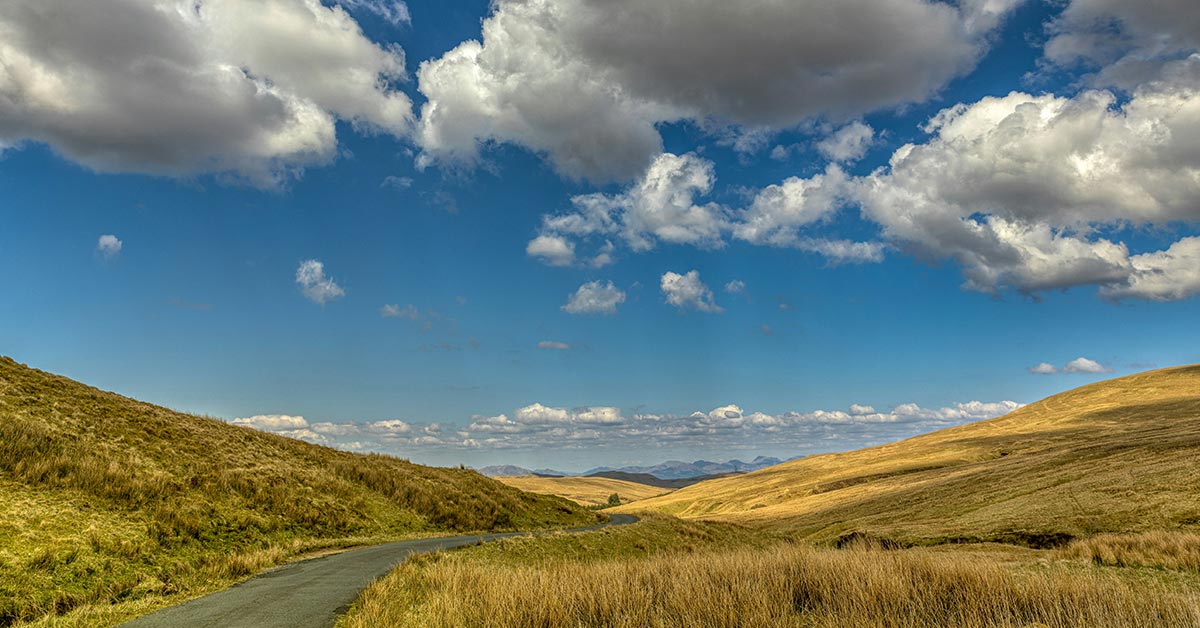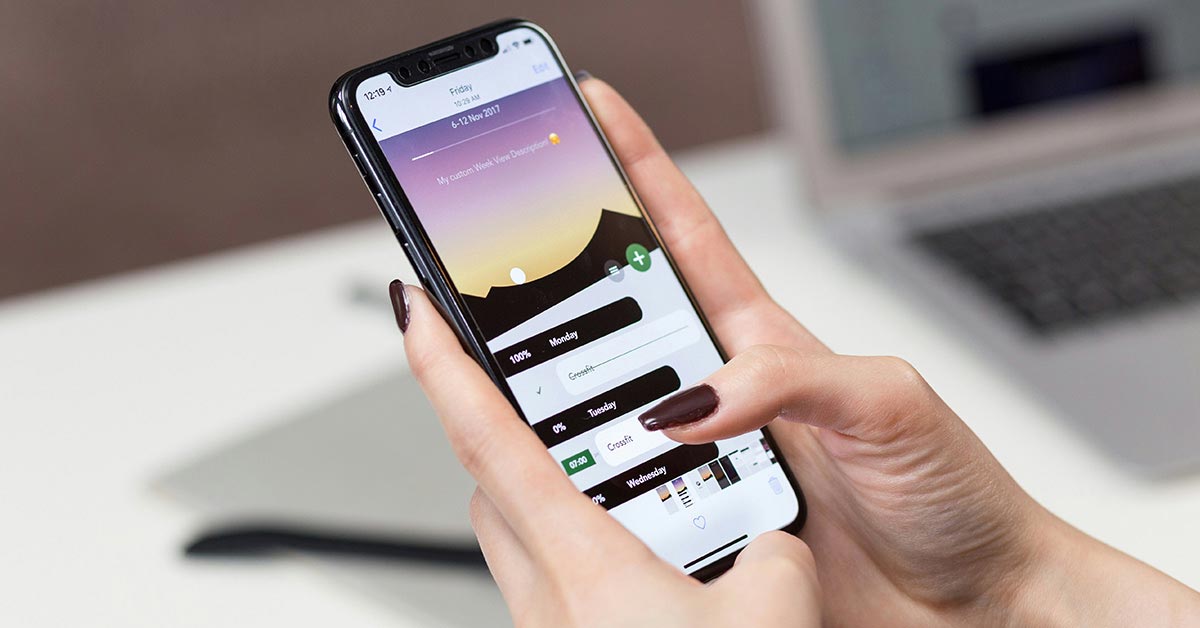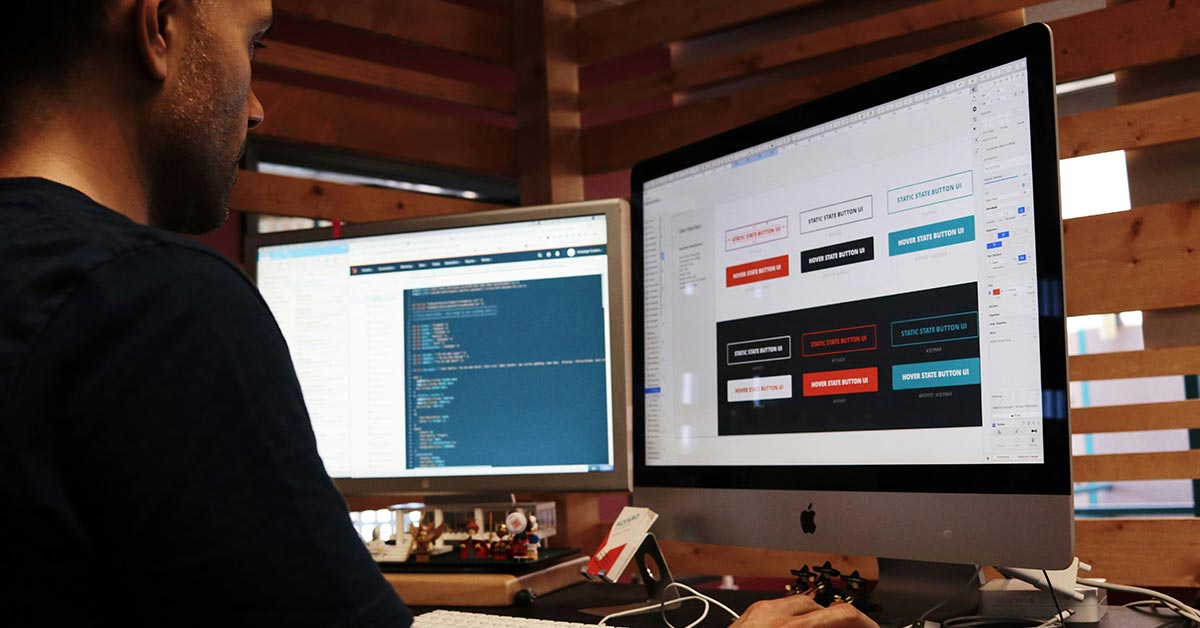When developing a website, it is important not to rush to the end and start building from the get-go. Time must be taken to properly scope and design the project so that the end result achieves the desired outcomes in terms of structure, design, capabilities and message. Without this, the site could end up a mess of broken links, rambling pages and resizing nightmares. The following will outline the seven stages of web development – from deciding what your site will be to maintaining your completed site.
The stages of web development are:
- Discovery – Goal Identification & Scope Definition
- Wireframe Creation
- Design
- Content Creation
- Testing
- Launch
- Maintenance
1 Discovery – Goal Identification & Scope Definition
Before creating a site, you must first understand the task at hand. During a discovery phase you get an understanding of the purpose of the site and the scope of the task. This phase is the basis of all the other stages of the project as it is here that the shape of the project is formed. Projects could range from a one page informational site to an ecommerce site with hundreds if not thousands of pages – and this is the stage where this is discussed and expectations set.
2 Wireframe Creation
Wireframes are the outline of what you are going to create. By laying out exactly what the site will include, you will understand how the project will take shape. It will also help you to identify any aspects you may have missed and the paths between pages. It is in this stage that you consider the user journey through the site, leading them to completing a purchase, contact form, booking, etc.
You can create wireframes, using a tool or even sketching them on a piece of paper. For a tool that makes it easy to create clean wireframes that you can share, and multiple people can work on, take a look at balsamiq.
3 Design
Once you know what you are creating and the pages required, it’s time to put together designs. This is when you get to be the most creative. The colours, images, placements, fonts, layouts and overall design of the pages are for you to decide. Often you will have brand guidelines to follow, and they can range from brand colours to strict outlines.
 4 Content Creation
4 Content Creation
Once you have your layouts and design agreed you can begin filling out the content of the pages. You will likely have had some idea of the content of the pages throughout the previous stages, but this is the time to finalise it. In this stage it is important to keep in mind the goal of each page – the message it is to get across and the search engine optimisation (SEO) of the page. This blog from HubSpot is a guide to get you started with SEO.
5 Testing
Before you launch your website, it is important to check every aspect of it to identify any issues. Users will be frustrated by links that take them to the wrong page or formatting that is configured wrongly when resizing the page. Your site is your shop window – it needs to display your business’ best self. As such, it needs to be attractive, user friendly and, above all, functional. After all, it means little to attract a customer to a product listing if they are unable to purchase it.
6 Launch
Once you are confident your site is ready, it is time to publish. To help draw visitors to your new site you can announce it on social media channels, send out marketing emails or even pay for advertising. Monitor the site to ensure everything is working as expected and that no errors were missed during the testing phase.
7 Maintenance
AA site is never really ‘finished’. It will need updates to keep it relevant and working correctly. It is therefore important to keep on top of your site content. Using tools such as Google Analytics to assess the site’s performance is important as you work to improve your site’s search result rankings. Collecting feedback from your users on their site experience can also help you to make improvements to the site.
Conclusion
Having a website can open you up to a whole world of potential customers. How that website looks and functions is important in turning a potential customer into an purchasing customer. These steps layout the stages of web development that can be followed, but a lot of skill and hard work goes into creating great sites. If you’re looking for a partner to create your site with, then take a look at our web design and development page to find out more about how we can help.
Still curious about web development? Check out this blog which outlines a real web development project that we completed.
















